There are so many ideas and stories around us at all times. Sometimes encased in books, buildings and paintings and at other times in the memories of the people around us. They wait around, waiting for a nudge, for a poke, for some prodding, to reveal themselves. Studio Fuho, a design practice based in Belgium believes in constantly skimming through the pages of these stories to unveil new ideas and birth designs that reflect their learnings. From Jean-Paul Sartre’s ideas on existentialism to multi-layered mythological stories, from the natural rhythms of the earth to the artistic creations of fellow contemporaries, Julie De Vos and Stijn Hermans of Studio Fuho derive inspiration from a wide range of topics and arenas. The studio, based in Assenede, Belgium, is a fairly new practice that explores architecture, design and philosophy, and is made up Julie, who is "a designer" and Stijn, "a thinker".
An interesting product design by the studio, Fragment, fulfils the roles of a stool, a side table and a foot stand. Designed in a manner that allows it to be placed at various angles, either in isolation or with other objects in the collection. The pieces that makeup Fragment depict the many parts of us and the myriad roles we take up in our daily lives. Just like a person holds many different identities within themselves, this collection also unites different personalities. It allows users to move its pieces around and arrange them in different compositions and configurations. In a way, the design of the collection is not frozen after its physical production. Instead, it is interpreted in a new way every time a user interacts with it. “Each piece represents a role in which our identity is fragmented. Some are heavy and some are light, some have a good grip, others are hard to grasp,” says Stijn Hermans, co-founder of Studio Fuho.
Another piece of furniture design by the studio, is the YO/E cabinet. Developed for a couple, Yolande and Eric, the furniture combines two different personalities indicated through two different materials, namely wood and stone. The product designer and philosopher duo designed the piece to sit in the couple's home, which is located in the middle of a forest. YO/E can be twisted and turned and hence, configured to look different, and tell a different tale. The couple, who have been together for 54 years now, have witnessed changes in each other and in their relationship over the years. The changeability of the cabinet is meant to depict this aspect of the couple. “Like the tree, his new home is also aged in rings,” reads the description of the furniture, analogising the rings of the walnut tree and the wedding rings.
In order to further understand the studio’s journey, their process and the inspiration behind their creative practice, STIR established a dialogue with Studio Fuho’s co-founder Stijn Hermans.
STIR: Tell us about your journey: as designers, as collaborators and as founders of Studio Fuho.Stijn Hermans: We met each other while working at a blues bar. At the time, Julie was working as a designer and I was reading about philosophy and finding my way in the world. We were both eager to do something with our ideas. Although our dreams were different, we wanted to combine them and build something new. We always wanted to do things right and were both very careful with sharing and divulging plans. So, we took our time to read, talk, inspire each other and understand how we'd want to share our work. When we felt ready, we shared Studio Fuho with the world. Through Fuho, we want to tell the stories of the voiceless and try to wake up the ones sleeping through their lives.
STIR: What are some ideas and philosophies that guide the studio’s work?Stijn: Our designs are mostly influenced by existentialism. The phenomenology of Edmund Husserl is an eye-opening concept. Every design is connected to our view of the world. So, in the search for myself, I found inspiration for our work. Jean-Paul Sartre's L'Être et le Néant gave our dream a limitless dimension. We are ‘not restrained’ by identity. We can be whatever we want to be. Every choice we make makes us. But it doesn't define us. Choose who you want to be at this moment, without limiting yourself.
Also, mythology and the ancients are a great inspiration. These titans and their mighty epics inspire a different look on the world. The gods give a translation of complex thoughts about our universe. Like Kairos, the god of 'the right moment', who gave me another interpretation of time. A moment where time swells despite Chronos' merciless countable time. It is a moment of concentration where one steps out of linear time and loses themselves. Here, we step out of the roles we all fulfil in our everyday lives. We leave the pressure of identity behind. We are truly ourselves in moments such as these and I believe this is where art is born.
Both Julie and I also believe in learning from others. We believe in equality. We also keep reading and learning about materials, design and philosophy.
STIR: What does a regular day at the studio look like?Stijn: First, coffee. If we are not in the workshop or writing, you will find us reading up about materials and how to use it; about philosophy and the inspiring work of others.
STIR: Is there a place in your studio or home where you seek inspiration and perhaps indulge in some brainstorming sessions?Stijn: My sofa, for me, is a personal favourite spot! Most of our ideas get finalised at the bureau. It's the place where we mostly share our thoughts and inspire each other with our views on them. It snowballs rapidly into seemingly impossible ideas. Other spaces are bars or coffee houses because alcohol and caffeine give a fresh or less fresh look at things. It helps establish a different perspective.
STIR: Are there any phenomena that particularly inspire your designs?Stijn: The world's eb & flood. We live in a world that seems to go faster and faster. In our attempt to understand it, we get inspired. The rhythm of love and pain that comes like eb and flood makes us live in beauty, since both are beautiful.
STIR: Share some examples of Belgian design that influences the studio’s design process.Stijn: A few practices that we admire include Maison Armand Jonckers, Benoit Viane, Tim Somers and Lionel Jadot. Maison Armand Jonckers are masters of their material. They manipulate and engrave with a naturalistic mindset. Their engravings are so precise and beautiful that it is strange they also look natural. It looks like thousands of small rivers have carved their way through the metal over hundreds of years. Every piece is unique because of this. We saw some pieces of them in Milan and were mesmerised by them. You can look at them for hours. They are a bit alien, albeit perfect in a naturalistic way.
We admire Benoit Viane for his awareness of space. His designs are always connected to the space they occupy, through material, texture and form. He also uses textures which are in a close relation with nature. His awareness of design in relation with space is what inspires us. We worked with Tim Somers on YO/E. He is a specialist when it comes to working with walnut wood. He combines aesthetics and functionality with expert craftsmanship. in his own style. Lionel Jadot, on the other hand, is inspirational for the way he thinks about his designs. They have a history and a story to tell. It is not just what you see, under the form, there is something to learn about it. Our design also vocalises more than the aesthetics of it.
STIR: What are some of the steps that the studio is undertaking to contribute towards a greener future?Stijn: We are making conscious attempts to implement viable solutions to this problem. We deal with experts who know about the material that we wish to work with. For example, Tim Somers, with whom we made YO/E, knows his wood and its origin very well. We also visit and source the manufacturers and miners firsthand in order to observe the process. Additionally, we also like to go through reports that explain the production process. This gives us an objective view of the way a miner or producer works.
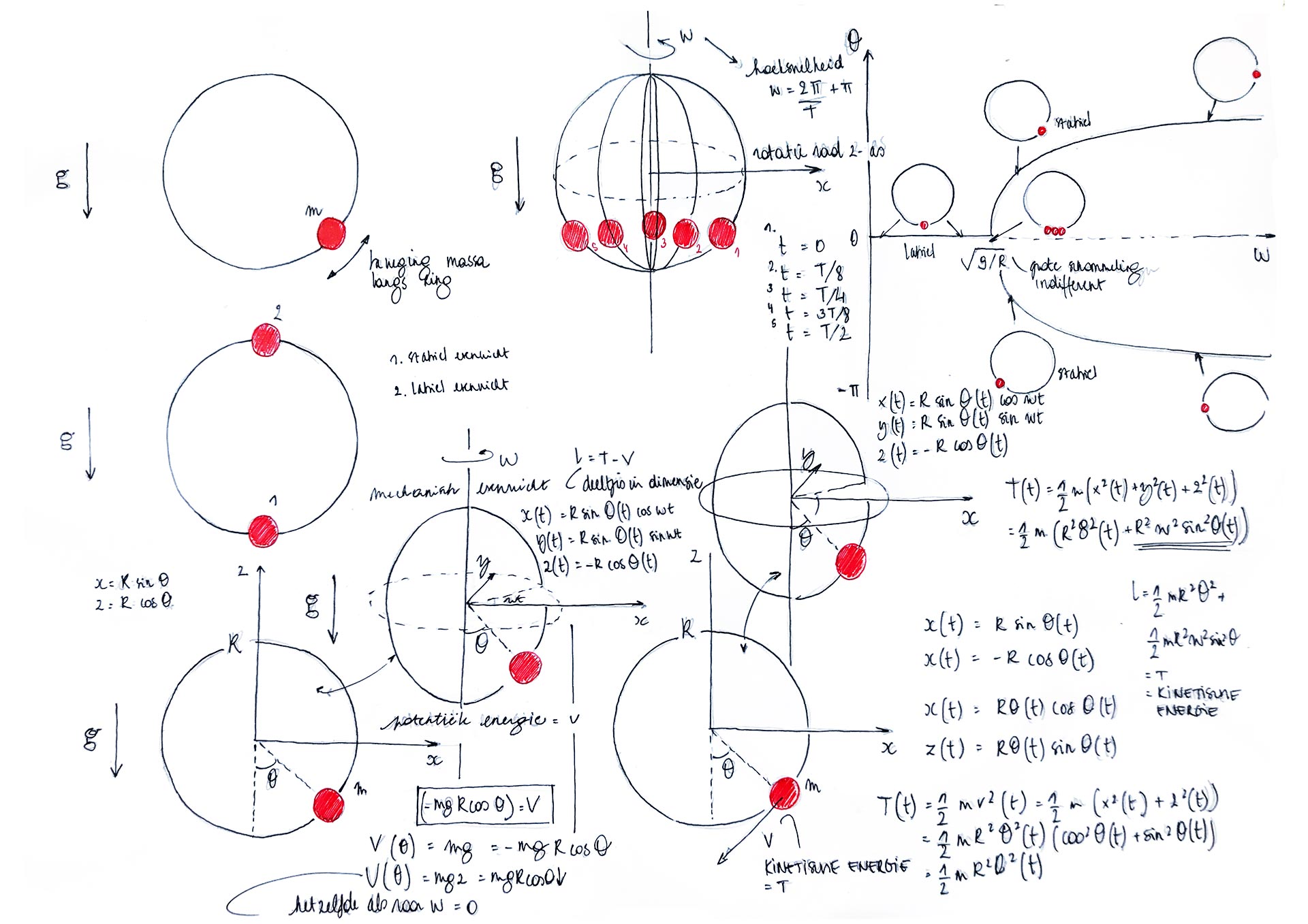
Stijn: We are working on a new design, a lamp, which explores the fields of magnetism. We are also working on a table where we are trying to innovate our concept of steel objects and their connections. In order to establish new connections and collaborations, we are also exploring the whole design world, finding our way and thinking about who to work with. We want to work with people who understand us and what our design tries to do, people who can broaden our horizons.
STIR: What’s NEXT in store for you and the world?Stijn: Keep trying to make people think more and differently. Try to break the alienation of people with themselves, to make them see who they can be. Help them find out who they'd want to be, help them find their place in the world, not as the centre of it but as a part of it. We intend to learn a lot and find our way. There is a lot to do and we are eager to do it all!
These stories that guide Julie De Vos and Stijn Hermans of Studio Fuho remind us to look for creative inspiration at every station. Their minimalist designs hide evocative narratives, while also welcoming its users to come and experiment with it, to derive a new meaning, birth a new tale.






 Sign in with email
Sign in with email


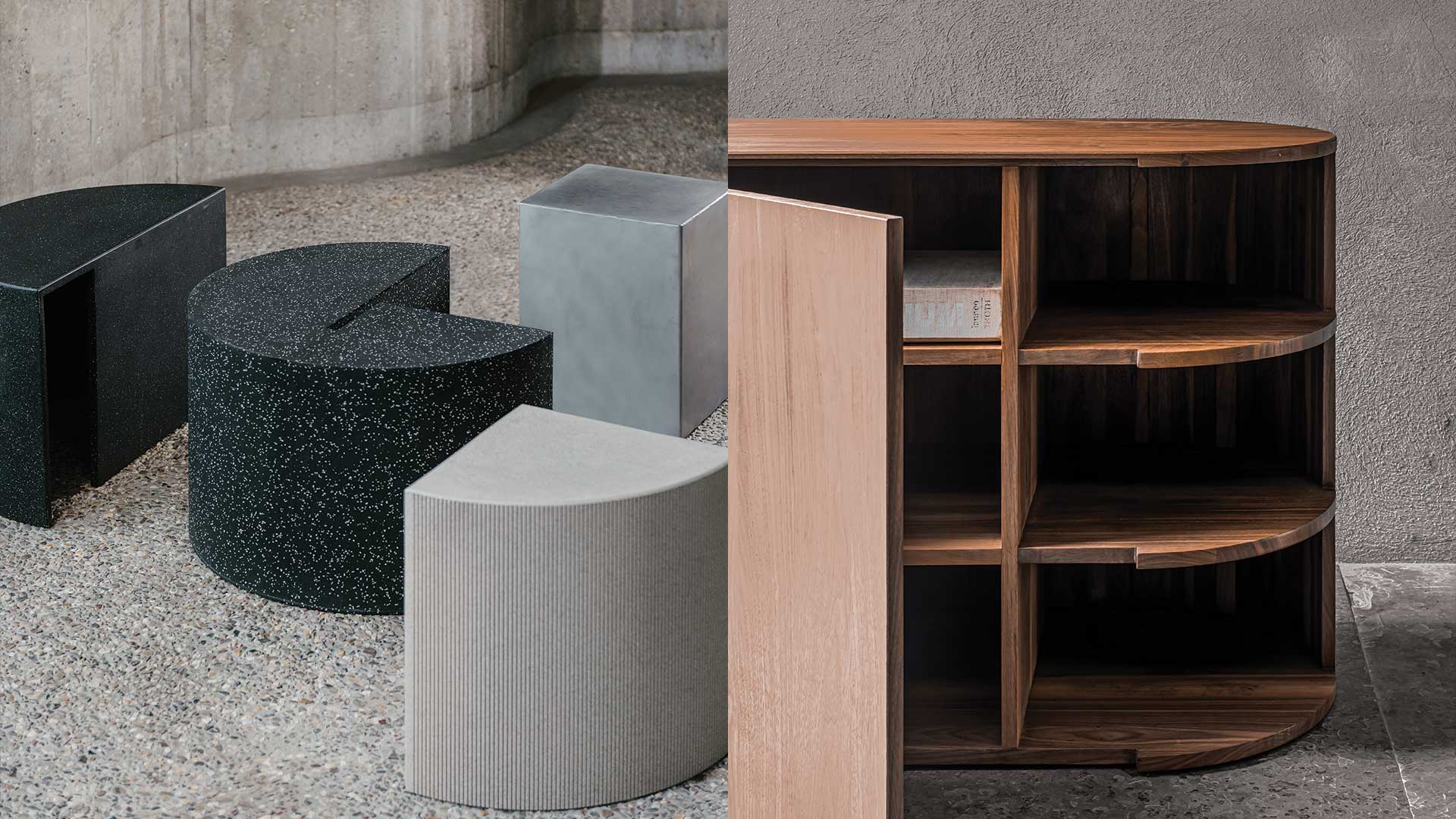
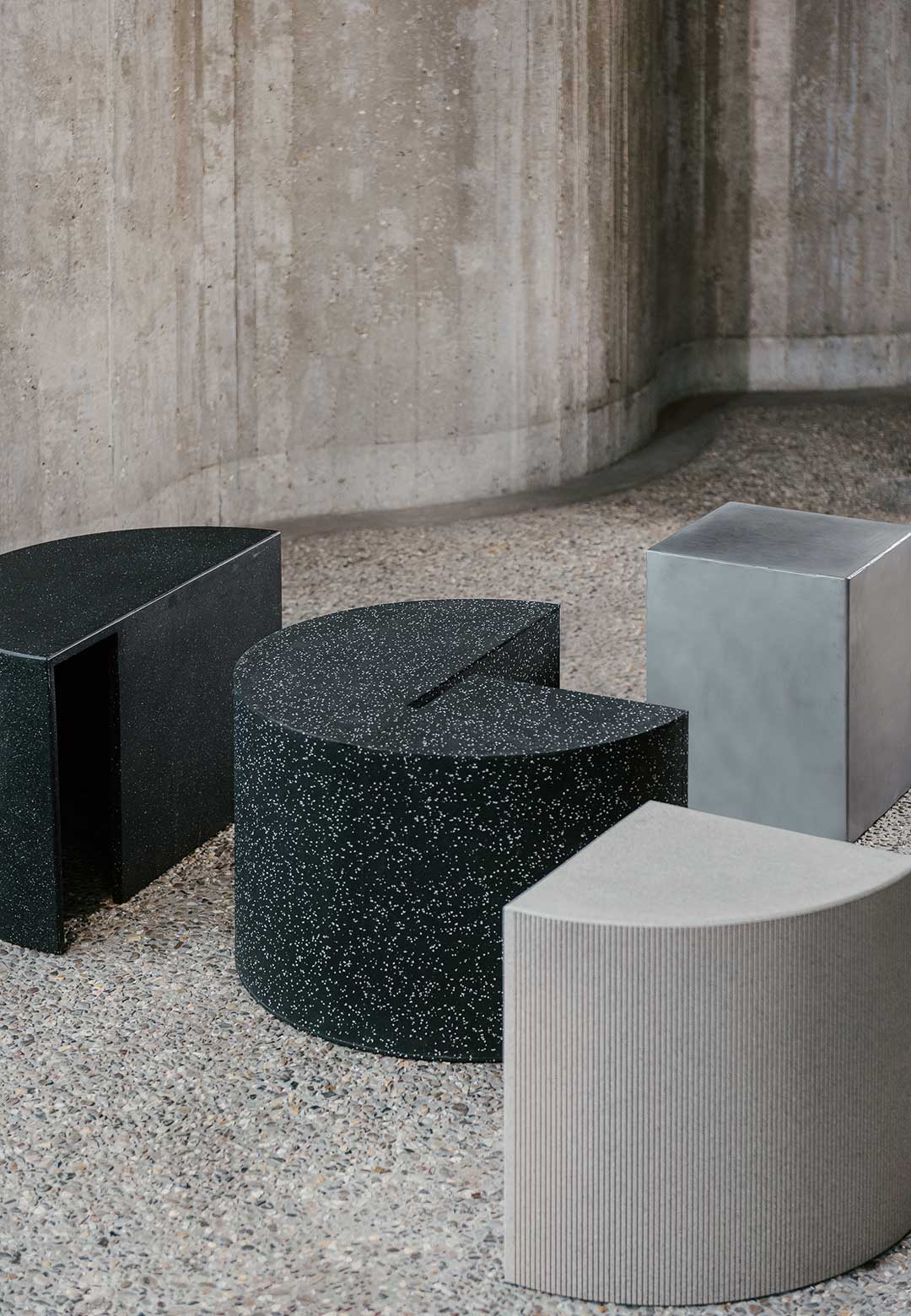
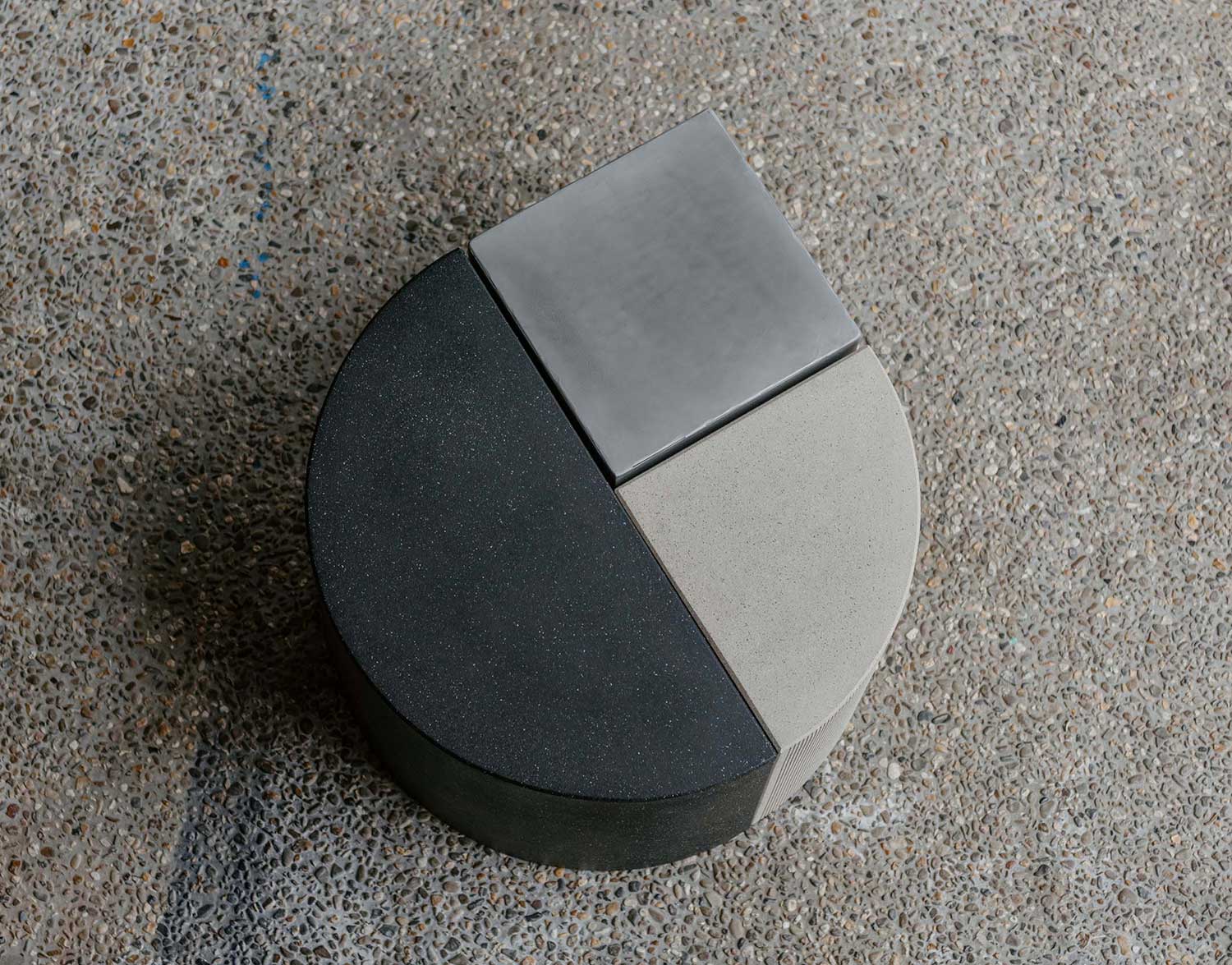
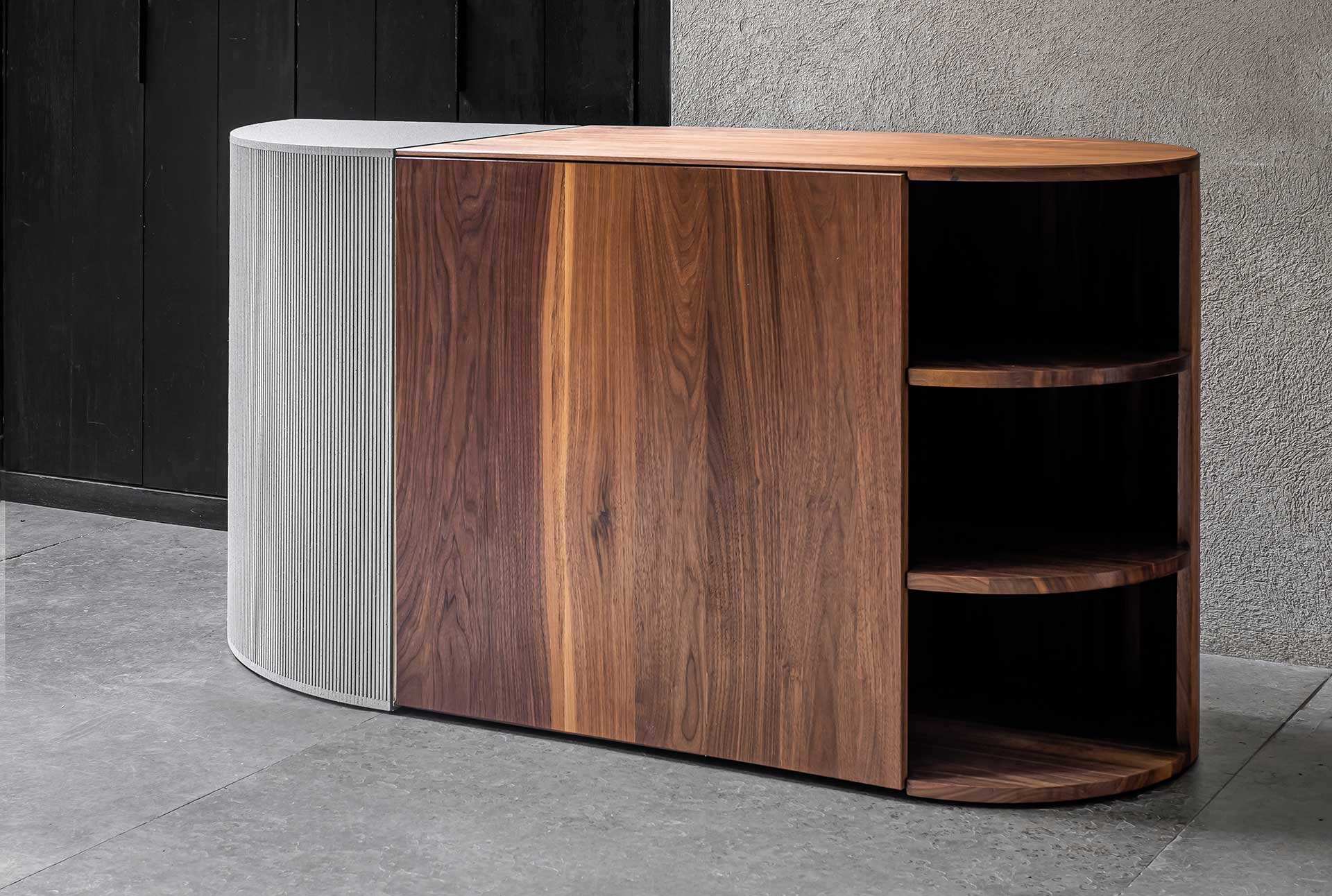
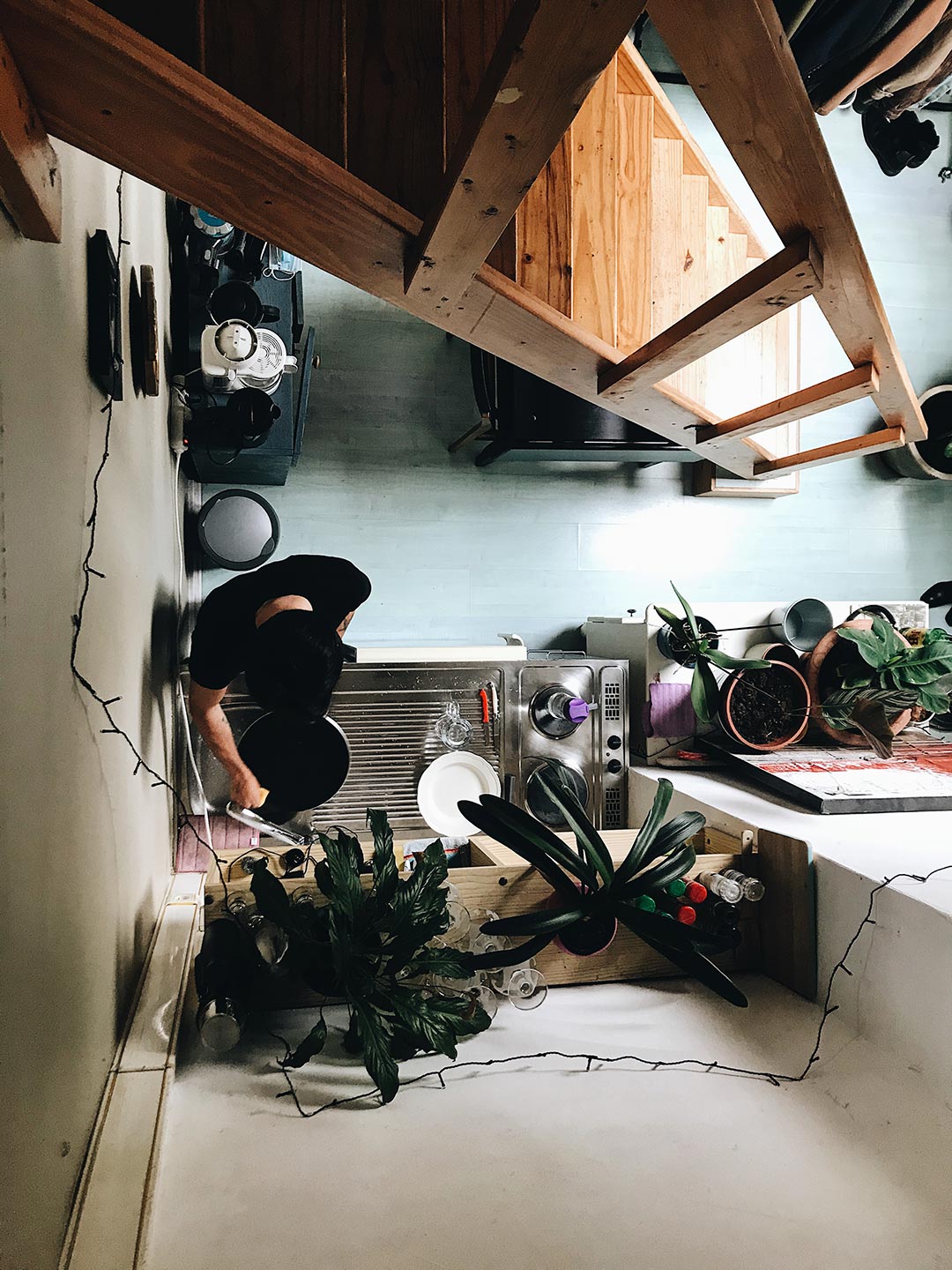
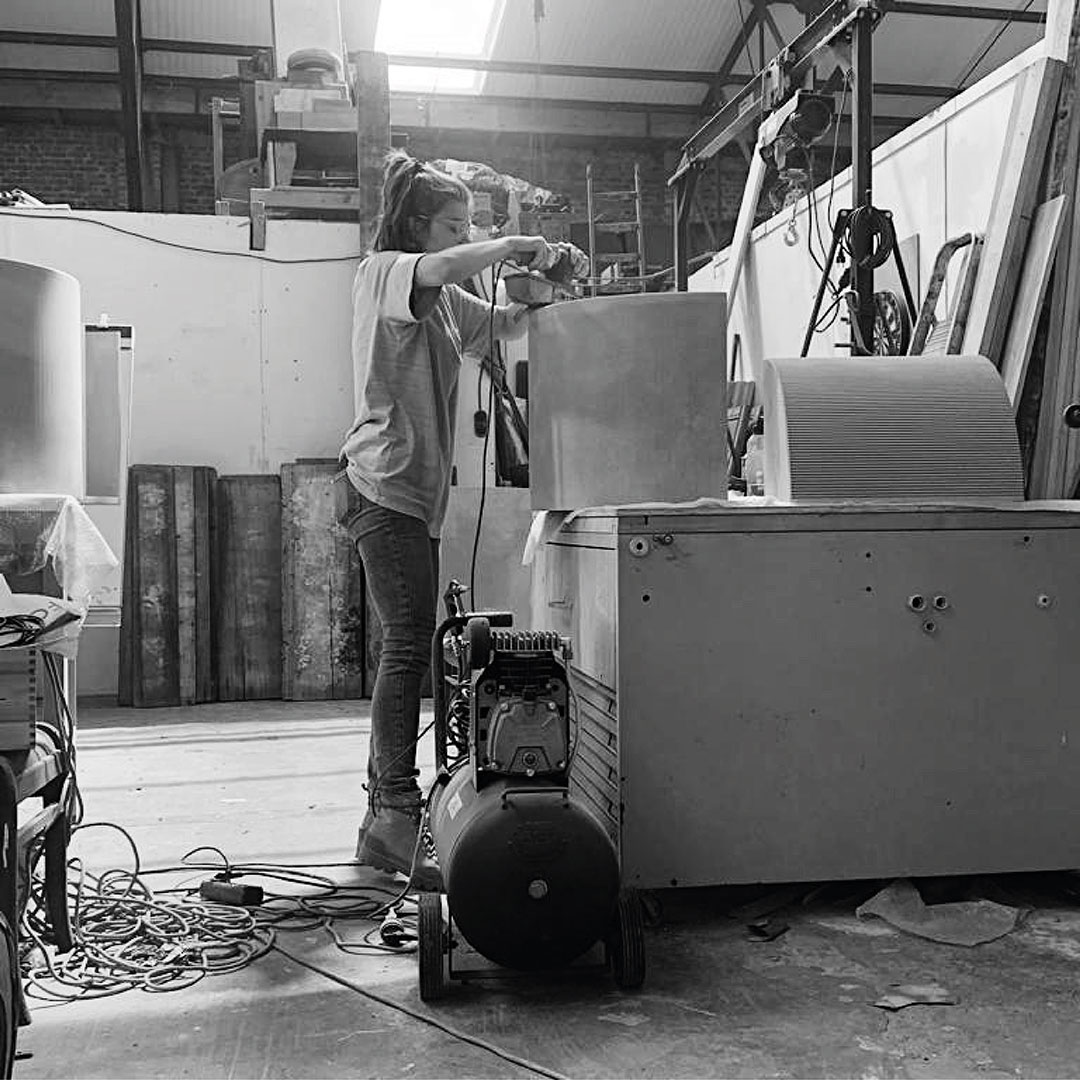
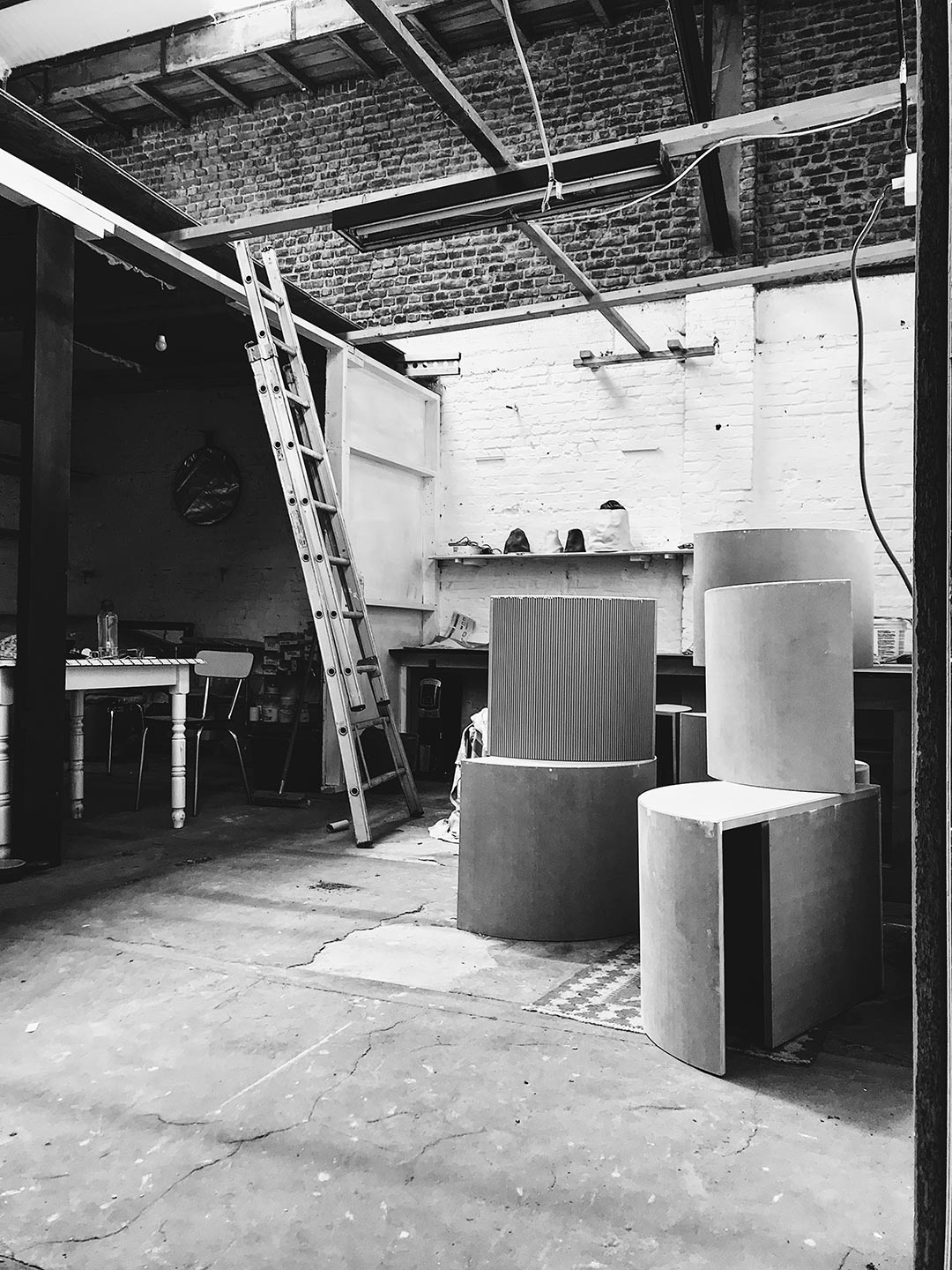
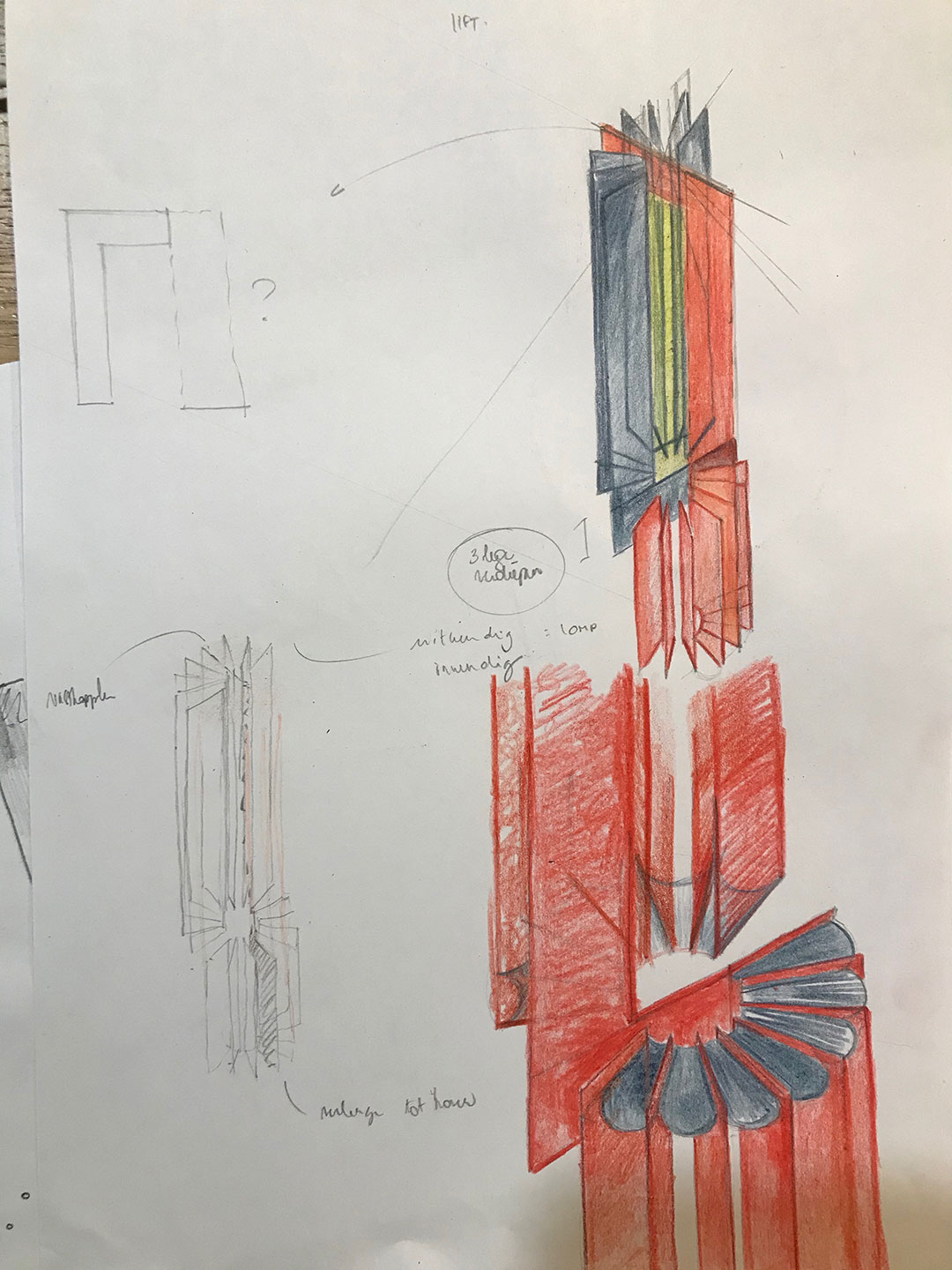
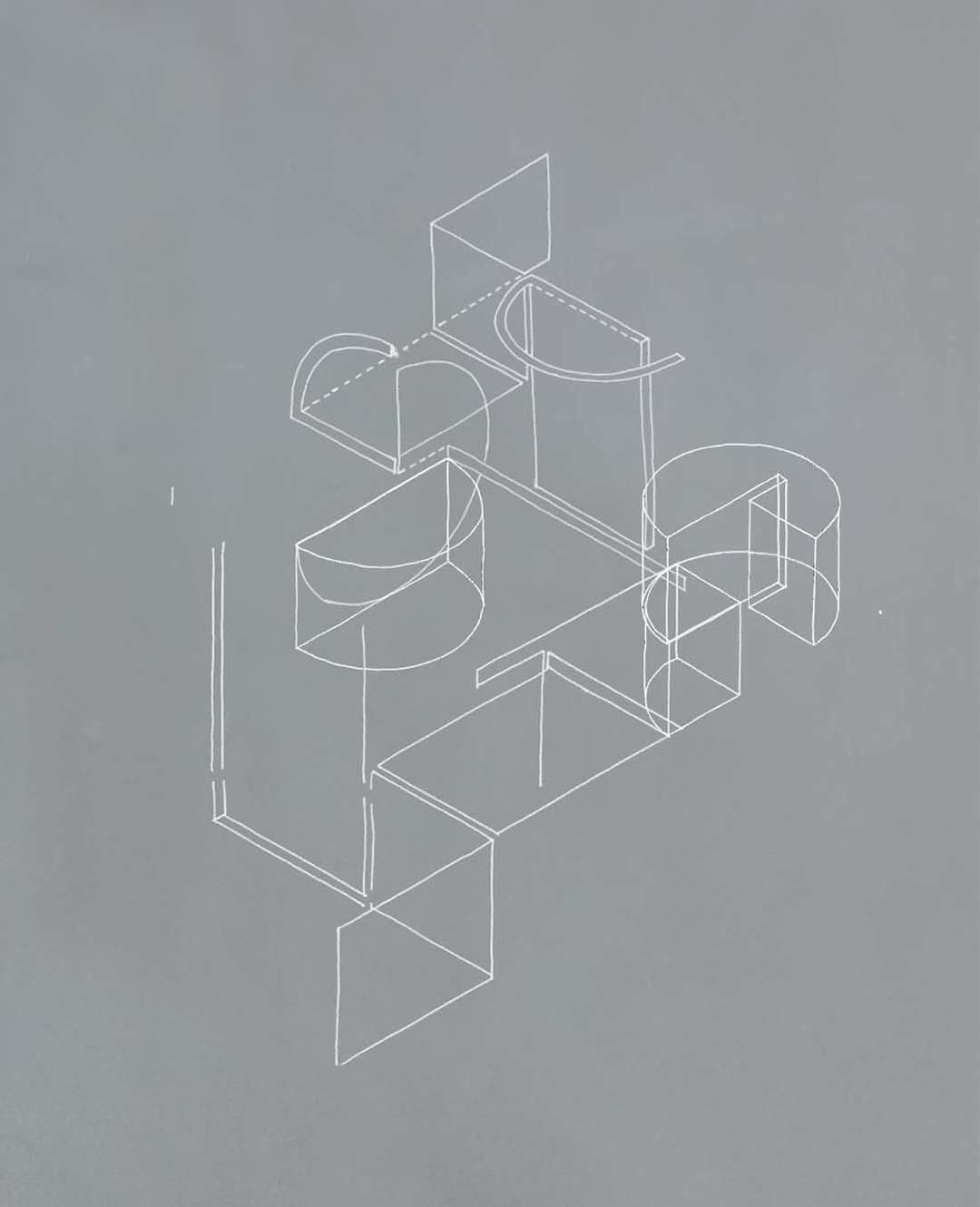
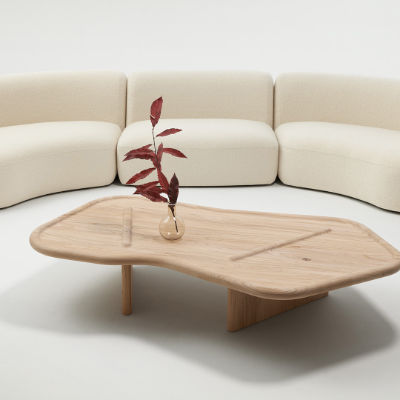
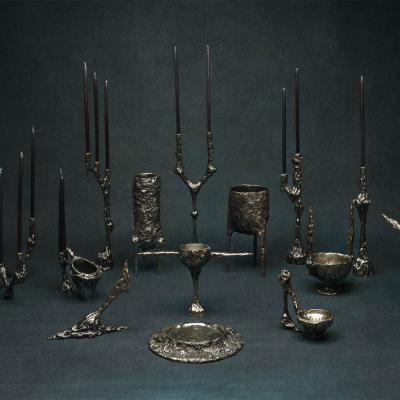
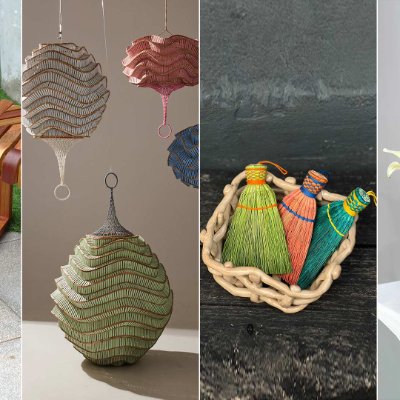
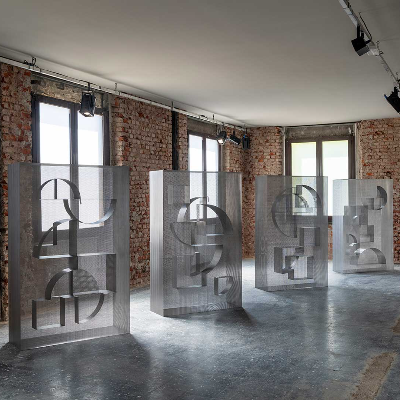
What do you think?